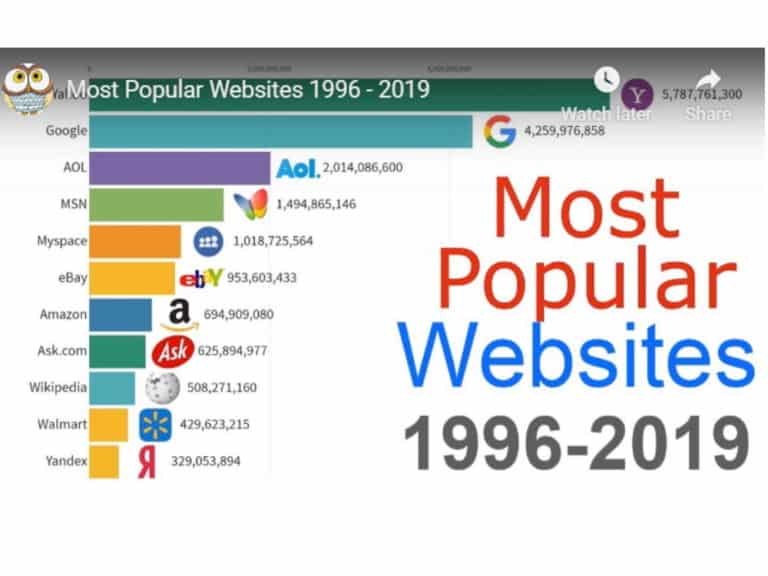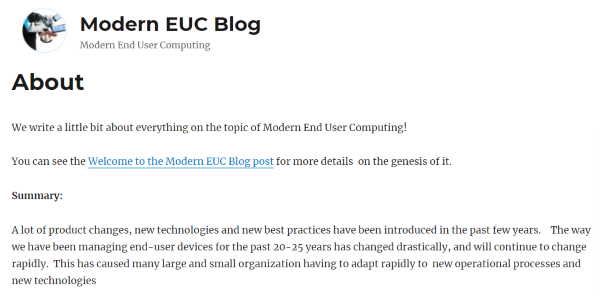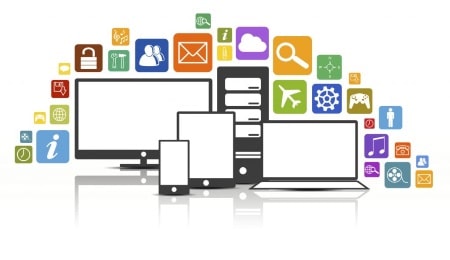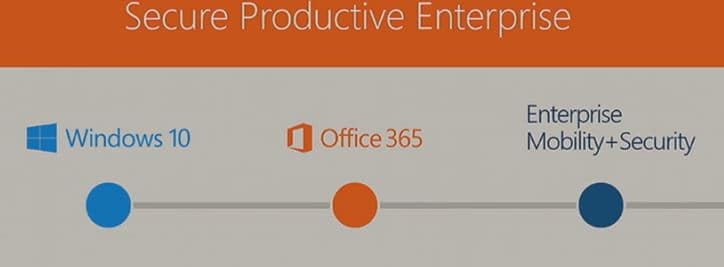WordPress Backup Tools (2022)
It is time to re-evaluate the backup workflow and tools I use for my websites and some that I support. I do this every couple of years hoping something has changed to make it better. With the release of WordPress 6.0 this week, I needed to backup each site before updating them, so this forced…


















